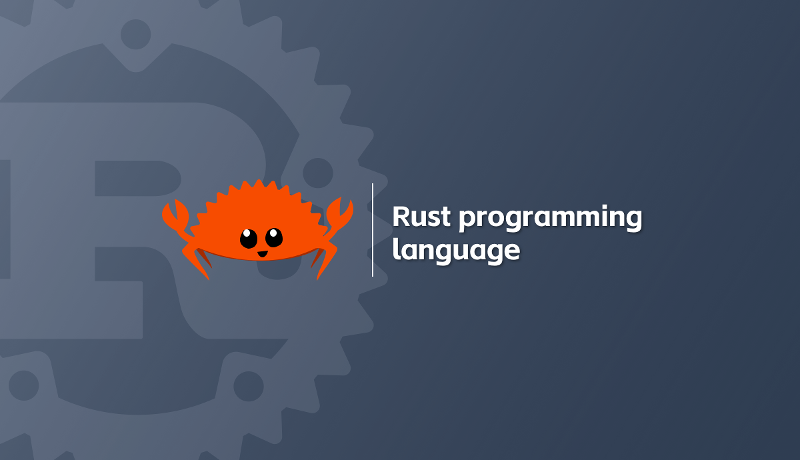
Framing and Frame in Net
本文最后更新于 2024-04-02,本文发布时间距今超过 90 天, 文章内容可能已经过时。最新内容请以官方内容为准
Framing and Frame in Network Communication 📦
Framing is a fundamental concept in network communication, transforming a continuous stream of data into smaller, manageable units known as frames. This process is essential for the effective transmission and reception of data. 🌐
Understanding Framing
Imagine you’re writing and sending a letter. ✍️ You compose several pages, which form the “byte stream” of your message. To send the letter, you fold the pages and place them into an envelope, making it convenient for the postal service to deliver it. 📬 This act of folding and enveloping is analogous to framing in network communications.
Key Steps in Framing
-
Splitting: The data stream is divided into smaller segments, each called a “frame”. 📏
-
Synchronization: Frames must contain information to ensure that the sender and receiver can start and end the reading of a frame at the correct times. This is achieved through synchronization bytes or special frame start and end markers. 🕒
-
Encapsulation: Each frame typically includes additional information, such as source and destination addresses, and other control information that helps the receiver understand the content of the frame and how to process it. 📜
-
Flow Control: Framing may also include mechanisms to control the flow of data to prevent the sender from transmitting data too quickly for the receiver to handle. 🚦
Framing的关键点
“Framing” 在计算机网络和通信领域指的是将一个连续的比特流(byte stream)分割成一系列的帧(frames)的过程。这个过程在数据传输中至关重要,因为它确保了数据可以被有效地发送和接收。
在解释这一概念时,可以把它想象成写信和寄信的过程。当你写一封信时,你可能会写很多页,这些页构成了信件的“比特流”。然而,在实际发送这封信时,你需要将它折叠并放入一个信封中,这样就可以方便地通过邮局发送。这个折叠和放入信封的过程,就类似于网络通信中的“framing”。
具体来说,framing 包括以下几个关键步骤:
- 分割(Splitting):将比特流分割成较小的、可管理的部分,每一部分通常被称为一个“帧”。
- 同步(Synchronization):帧需要包含一些信息来确保发送方和接收方能够在正确的时刻开始和结束帧的读取,这是通过同步字节或特殊的帧起始和帧结束标记来实现的。
- 封装(Encapsulation):每个帧通常还会包含一些额外的信息,如源地址、目的地址和其他控制信息,这些信息帮助接收方理解帧的内容和如何处理它。
- 流量控制(Flow Control):framing 还可以包括机制来控制数据的流动,以防止发送方发送数据太快,导致接收方来不及处理。
framing 是数据通信中必不可少的步骤,它确保数据可以被适当地组织、同步和传输,以便在接收方正确解析和处理。
The Role of Frames in Communication
Frames are the building blocks of data transmission over a network. They provide a structured way to send and receive information, ensuring that data is delivered in a predictable and reliable manner. Each frame contains a payload (the actual data) and a header (containing control information). 🛠️
Example: Simple Frame Structure
+-------------------+----------------------------+-------------------+
| Header (20 bytes) | Payload (up to 1500 bytes) | Trailer (4 bytes) |
+-------------------+----------------------------+-------------------+
- Header: Contains information such as the destination and source addresses, frame length, and error-checking data. 🎯
- Payload: Holds the actual data being transmitted. 🚚
- Trailer: Contains a checksum or other error-checking information to verify the integrity of the frame. 🔍
Framing in Practice
In practice, framing is implemented in various network protocols, such as Ethernet and TCP/IP. For example, in Ethernet, each frame begins with a preamble (a sequence of alternating 0s and 1s) to synchronize the receiver, followed by the frame start delimiter, the header, the payload, and a frame check sequence (FCS) for error detection. 🔧
Example in Rust
Below is a simplified example of creating a frame in Rust, assuming we have a function to calculate a checksum for the frame:
fn create_frame(payload: &[u8], destination: u16, source: u16) -> Vec<u8> {
let mut frame = Vec::new();
// Preamble (not implemented)
frame.extend_from_slice(b"\x55\x55\x55\x55\x55\x55"); // Example preamble
// Header (simplified)
frame.extend_from_slice(&destination.to_be_bytes());
frame.extend_from_slice(&source.to_be_bytes());
frame.extend_from_slice(&(payload.len() as u16).to_be_bytes());
// Payload
frame.extend_from_slice(payload);
// Trailer (simplified checksum, not implemented)
let checksum = calculate_checksum(&frame[4..]); // Assume this function exists
frame.extend_from_slice(&checksum.to_be_bytes());
frame
}
fn calculate_checksum(data: &[u8]) -> u16 {
// Simplified checksum calculation (not a real checksum algorithm)
data.iter().fold(0u16, |sum, &byte| sum.wrapping_add(byte as u16))
}
fn main() {
let payload = b"Hello, World!";
let frame = create_frame(payload, 0x1234, 0x5678);
println!("Frame: {:?}", frame);
}
In this example, we create a simple frame with a payload and a basic header and trailer. The checksum calculation is not implemented and is just a placeholder for an actual checksum algorithm. 🛠️
References
- Computer Networking: A Top-Down Approach by James F. Kurose and Keith W. Ross. 📚
- TCP/IP Guide by Charles M. Kozierok. 📖
- Ethernet Standards by IEEE. 📄




